‘Dirty Plates’ by Tom Choinski
Name: Tom Choinski
Hometown: Buffalo, New York
Resides: Boston, Massachusetts
Profession: Computer Programmer
Hobbies: The Boston Gay Men's Chorus, Editor of Hipstamatic New England
Hipstographer since: 2009
Year of Birth: 1966
Favorite combo: Various, according to the situation
Favorite Lens: Various, according to the situation
Favorite Film: Various, according to the situation
Favorite Flash: Various, according to the situation
The 'Plate' family of films - D-Type, C-Type and Robusta - have several common elements. The most prevalent are a series of chemical smear patterns at the edge of the image, and an overlaying pattern of smudges forming a crude vignette. D and C Plate films go further with metallic patterns of dimples and other irregularities.
The 'Contaminate' family of lenses - Buckhorst H1, Bettie XL, Susie - also share common traits, the most obvious being patterns of imperfections and contaminating elements. Buckhorst H1 has grease spots; Bettie XL, patterns of dust and lint; Susie, irregular streaks and stains. All share a washed-out, overexposed appearance.
Combining the two families boosts the 'Historical' quality the Plate films were originally designed to emulate. The high degree of smudging provided by the Plates helps counter some of the extreme washed-out exposure, leaving an image that looks naturally aged.
To emphasize the contaminants, use the monochrome D-Type. In this series we chose the color-desaturated C-Type to achieve a sepia tone with color the casting RedEye and Laser Lemon Gel flashes.
[button color="blue" link="http://www.facebook.com/pages/Hipstamatic-New-England/215153518534085"]Hipstamatic New England[/button] [button color="blue" link="http://www.facebook.com/tomchoinski"]Facebook[/button]
This post is also available in: French



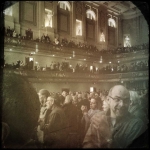

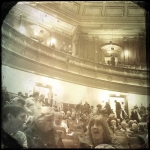
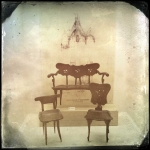

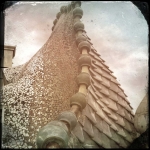
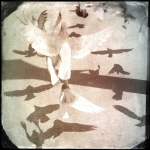
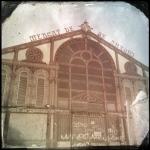
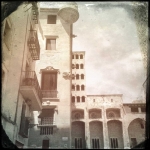

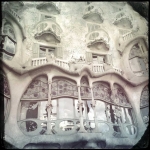
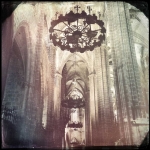

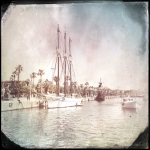


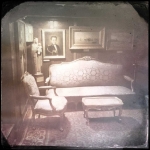

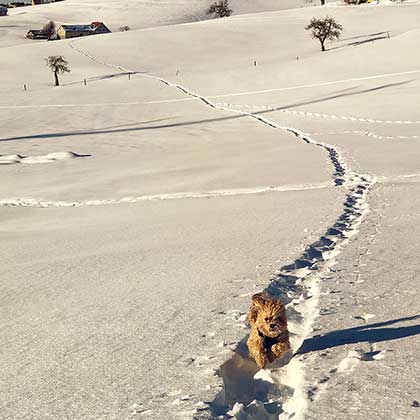
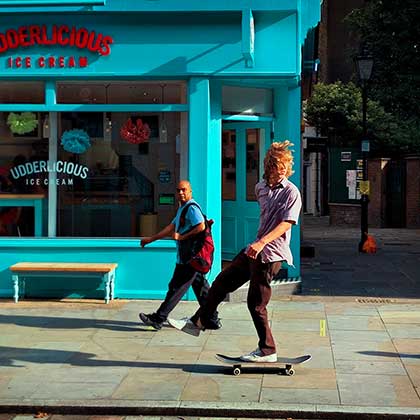
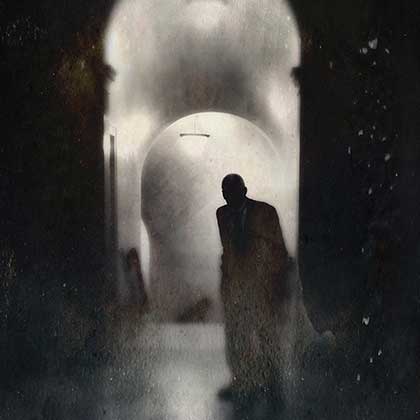

0 comments